Masanori Hashimoto
Window Function-less DFT with Reduced Noise and Latency for Real-Time Music Analysis
Oct 10, 2024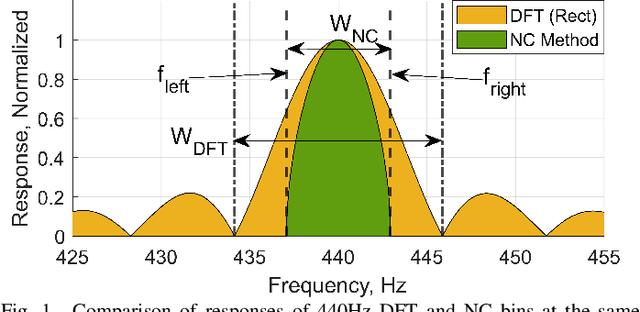
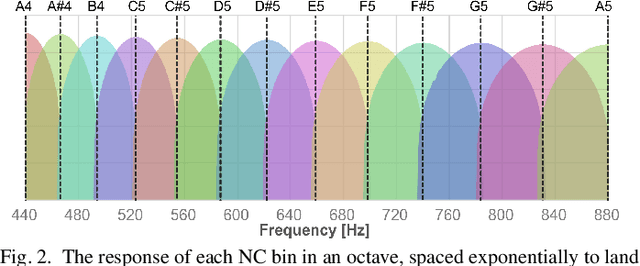
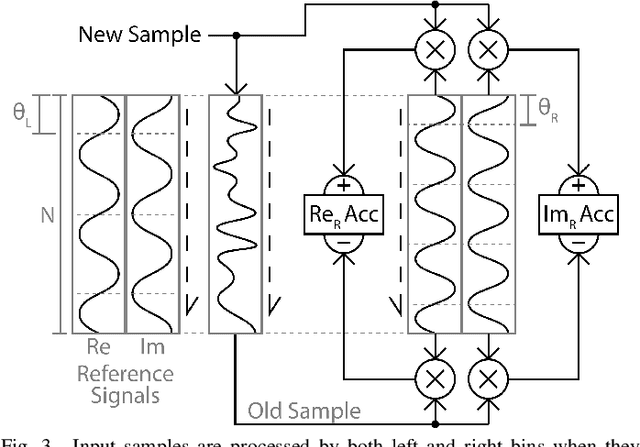
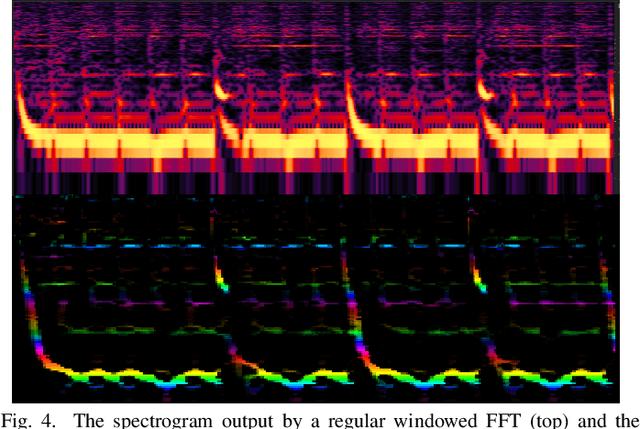
Abstract:Music analysis applications demand algorithms that can provide both high time and frequency resolution while minimizing noise in an already-noisy signal. Real-time analysis additionally demands low latency and low computational requirements. We propose a DFT-based algorithm that accomplishes all these requirements by extending a method that post-processes DFT output without the use of window functions. Our approach yields greatly reduced sidelobes and noise, and improves time resolution without sacrificing frequency resolution. We use exponentially spaced output bins which directly map to notes in music. The resulting improved performance, compared to existing FFT and DFT-based approaches, creates possibilities for improved real-time visualizations, and contributes to improved analysis quality in other applications such as automatic transcription.
Hidden-Fold Networks: Random Recurrent Residuals Using Sparse Supermasks
Nov 24, 2021

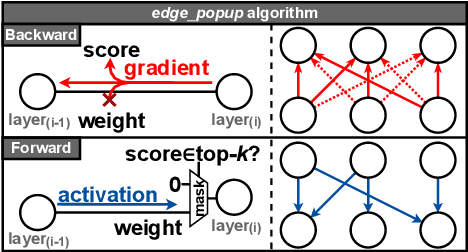
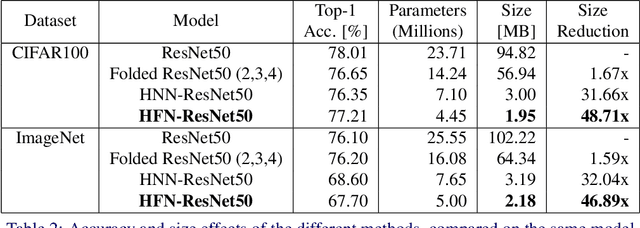
Abstract:Deep neural networks (DNNs) are so over-parametrized that recent research has found them to already contain a subnetwork with high accuracy at their randomly initialized state. Finding these subnetworks is a viable alternative training method to weight learning. In parallel, another line of work has hypothesized that deep residual networks (ResNets) are trying to approximate the behaviour of shallow recurrent neural networks (RNNs) and has proposed a way for compressing them into recurrent models. This paper proposes blending these lines of research into a highly compressed yet accurate model: Hidden-Fold Networks (HFNs). By first folding ResNet into a recurrent structure and then searching for an accurate subnetwork hidden within the randomly initialized model, a high-performing yet tiny HFN is obtained without ever updating the weights. As a result, HFN achieves equivalent performance to ResNet50 on CIFAR100 while occupying 38.5x less memory, and similar performance to ResNet34 on ImageNet with a memory size 26.8x smaller. The HFN will become even more attractive by minimizing data transfers while staying accurate when it runs on highly-quantized and randomly-weighted DNN inference accelerators. Code available at https://github.com/Lopez-Angel/hidden-fold-networks
When Single Event Upset Meets Deep Neural Networks: Observations, Explorations, and Remedies
Sep 10, 2019



Abstract:Deep Neural Network has proved its potential in various perception tasks and hence become an appealing option for interpretation and data processing in security sensitive systems. However, security-sensitive systems demand not only high perception performance, but also design robustness under various circumstances. Unlike prior works that study network robustness from software level, we investigate from hardware perspective about the impact of Single Event Upset (SEU) induced parameter perturbation (SIPP) on neural networks. We systematically define the fault models of SEU and then provide the definition of sensitivity to SIPP as the robustness measure for the network. We are then able to analytically explore the weakness of a network and summarize the key findings for the impact of SIPP on different types of bits in a floating point parameter, layer-wise robustness within the same network and impact of network depth. Based on those findings, we propose two remedy solutions to protect DNNs from SIPPs, which can mitigate accuracy degradation from 28% to 0.27% for ResNet with merely 0.24-bit SRAM area overhead per parameter.
 Add to Chrome
Add to Chrome Add to Firefox
Add to Firefox Add to Edge
Add to Edge